Business:

Aluminum oxide (Al2O3) optical thin film coating material, CAS 1344-28-1
- FOB Price:
- Negotiable | Get Latest Price
- Order Quantity:
- 1 Set / Sets
- Supply Ability:
- 1000 Set / Sets per Month
- Port:
- shanghai
- Payment Terms:
- T/T L/C D/P D/A Credit Card PayPal Cash Escrow Other
- Delivery Detail:
- 5 days
-
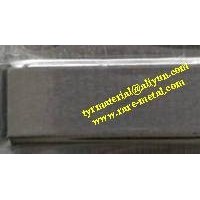
Iron oxide (Fe3O4, Fe2O3) targets use in
$200.00 -

Antimony trisulfide Sb2S3 granules use i
$2000.00 -

Zirconium selenide ZrSe2 sputtering targ
$350.00 -

Yttria-stabilized zirconia Y2O3-ZrO2 YSZ
$200.00 -
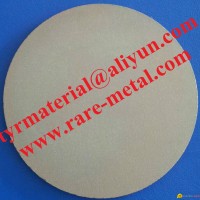
Zinc Telluride ZnTe sputtering targets u
$200.00 -

Tin (Sn) metal sputtering target, purity
$100.00 -

Tungsten carbide WC targets use in RF sp
$100.00 -
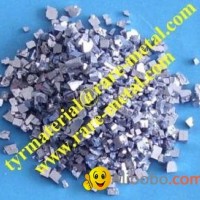
Lead selenide PbSe granules use in thin
$200.00
High Pure Aluminum Oxide (Al2O3) crystal Evaporation (deposition) Material
Purity: 99.99%
Shape: shots, pellets, pieces, granules, rods, tablets
Size:
Shots: 3mm diameter, 6mm diameter e.t.c
Pellets: 3mm dia. X 3mm L, 6mm dia. X 6mm L, 10mm dia. X 5mm L e.t.c
Pieces, Granules: 1-2.5mm, 3-6mm, 3-8mm, 1-3mm, 3-12mm e.t.c
Rods: 3mm diameter, 5mm diameter, 10mm diameter e.t.c
Al2O3 is an electrical insulator but has a relatively high thermal conductivity (30 Wm−1K−1[1]) for a ceramic material. Aluminum oxide is completely insoluble in water. In its most commonly occurring crystalline form, called corundum or α-aluminum oxide, its hardness makes it suitable for use as an abrasive and as a component in cutting tools.
Aluminum oxide is responsible for the resistance of metallic aluminum to weathering. metallic aluminum is very reactive with atmospheric oxygen, and a thin passivation layer of aluminum oxide (4 nm thickness) forms on any exposed aluminum surface. This layer protects the metal from further oxidation. The thickness and properties of this oxide layer can be enhanced using a process called anodizing. A number of alloys, such as aluminum bronzes, exploit this property by including a proportion of aluminum in the alloy to enhance corrosion resistance. The aluminum oxide generated by anodizing is typically amorphous, but discharge assisted oxidation processes such as plasma electrolytic oxidation result in a significant proportion of crystalline aluminum oxide in the coating, enhancing its hardness.
Applications: Filler, Catalysis, Purification, Abrasive, Paint, electrical insulator
The great majority of aluminum oxide is consumed for the production of aluminum, usually by the Hall process.
Using a plasma spray process and mixed with titania, it is coated onto the braking surface of some aluminium bicycle rims to provide abrasion and wear resistance
Charged Aerosol Release Experiment (CARE) , Corundum , List of alumina refineries , Micro-Pulling-Down , Ruby , Sapphire , Transparent alumina
We also supply below oxie ceramic sputtering targets material:
| Material Name | Formula | Purity | Form |
| Aluminum Oxide | Al2O3 | 99.99% | Ceramic, Crystal |
| Silicon Oxide | SiO | 99.9% | Ceramic, Crystal |
| Silicon Dioxide | SiO2 | 99.995% | Ceramic, Crystal |
| Titanium Dioxide | TiO2 | 99.99% | Ceramic |
| Titanium Oxide | Ti2O3 | 99.99% | Ceramic, Crystal |
| Lanthanum Titanium Oxide | LaTiO3 | 99.99% | Ceramic |
| Zinc Oxide | ZnO | 99.99% | Ceramic |
| Zirconium Oxide | ZrO2 | 99.95% | Ceramic |
| Titanium Oxide | Ti4O7 | 99.99% | Ceramic |
| Tin Oxide | SnO | 99.9% | Ceramic |
| Iron Oxide | Fe2O3 | 99.9% | Ceramic |
| Strontium Titanate | SrTiO3 | 99.9% | Ceramic |
| Indium Tin Oxide | ITO | 99.99% | Ceramic |
| Magnesium Oxide | MgO | 99.9% | Ceramic, Crystal |
| Titanium Oxide | TiO | 99.99% | Ceramic |
| Trititanium pentoxide | Ti3O5 | 99.99% | Ceramic, Crystal |
| Tantalum Pentoxide | Ta2O5 | 99.99% | Ceramic |
| Zirconium Titanium Oxide | ZrO2-TiO2 | 99.9% | Ceramic |
| Praseodymium Titanate | PrTiO3 | 99.9% | Ceramic |
| Zirconium Magnesium Oxide | ZrO2-MgO | 99.99% | Ceramic |
| Zirconium Tantalum Oxide | ZrO2-Ta2O5 | 99.99% | Ceramic |
| Niobium Pentoxide | Nb2O5 | 99.99% | Ceramic |
| Tin Oxide | SnO2 | 99.9% | Ceramic |
| Barium Titanate | BaTiO3 | 99.9% | Ceramic |
-
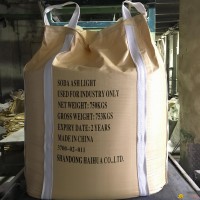
SODIUM CARBONATE LIGHT
$300.00 -

API 2H Grade 50 Offsho
Inquiry -

Activated Carbon for P
Inquiry -
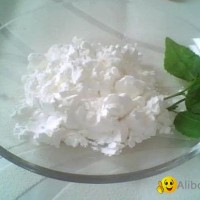
Silk protein extract p
$50.00 -
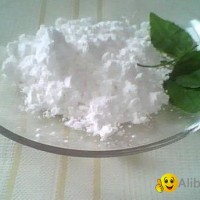
Instant pearl extract
$50.00 -
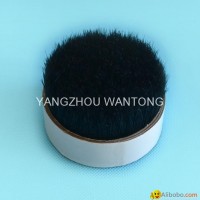
sell dyed black boiled
Inquiry -

sell horse hair horse
Inquiry -
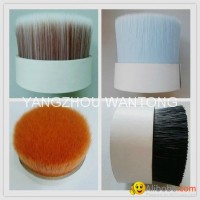
sell bristle mix filam
$3.50 -
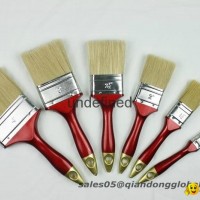
Best Quality Chungking
$1.20 -
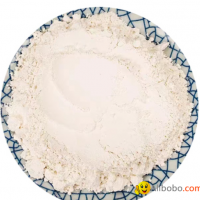
Pearl powder
Inquiry -
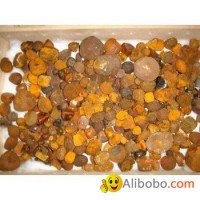
CATTLE OX GALLSTONE
$35.00 -

dry Donkey hides
$11.00 -

Antarctic krill oil wi
Inquiry -
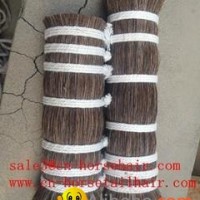
horse mane and horseta
$10.76 -
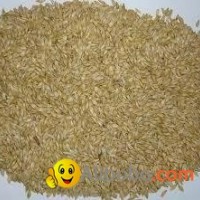
feed barley
$140.00 -
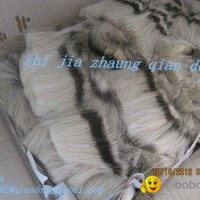
animal fine hair
$10.00 -

hing qulity of the ho
Inquiry -
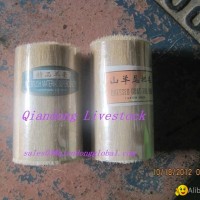
Animal Fine Hair
$1.00 -

Bow Hair
$5.00 -

aniaml fine hair
$1.00
- brand:
- TYR
- Set up shop
- Authorized by Alibobo.com, can provide agency service
- Service Introduction
- Authorized product, Internet cloud promotion service integrating certification promotion and procurement inquiry
- Intelligent website construction
- PC terminal + mobile terminal, create a cost-effective corporate website!
